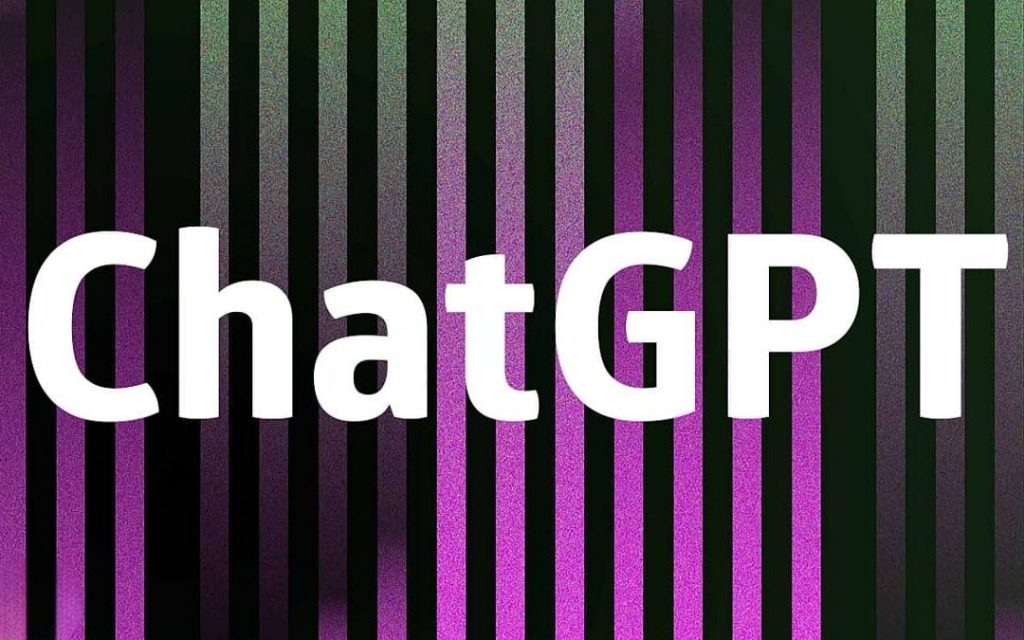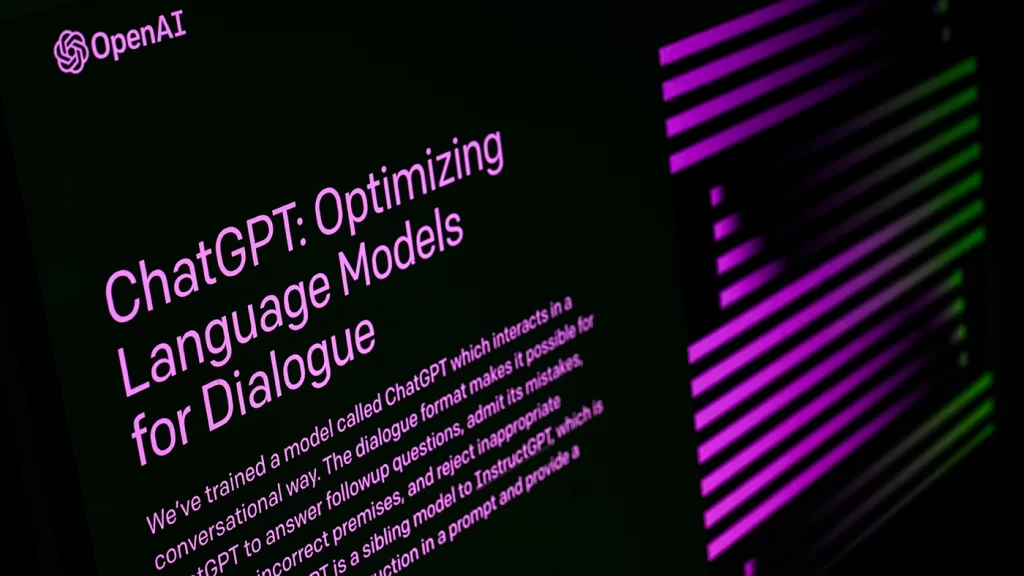Recent developments in artificial intelligence (AI) and augmented reality (AR) technology have led to the creation of ChatGPT glasses, which allow users to engage with OpenAI’s chatbot using smart glasses. This groundbreaking achievement was made possible by Stanford University undergraduates who developed a technology called RizzGPT, which utilizes OpenAI’s GPT-4 language model and Whisper speech recognition tool to create answers to queries posed throughout the chat.

The ChatGPT glasses use Monocle AR technology from Brilliant Labs to display responses to queries as if they were coming directly from the user. This feature, called “real-time Charisma as a Service (CaaS),” has numerous applications, including assisting individuals with social anxiety issues, public speaking, and interview skills. By listening to conversations and generating appropriate responses based on context, the glasses provide real-time support to those in need.
The implications of this technology are far-reaching, and it will be interesting to see how it evolves and impacts society. One potential application is in the field of education, where the ChatGPT glasses could be used to support students who struggle with language learning or have difficulty communicating. The glasses could also be used in healthcare settings, where they could assist doctors and nurses in communicating with patients who have limited language skills or hearing impairments.

Another potential application is in the business world, where the glasses could be used to facilitate communication between employees, particularly in multinational corporations where language barriers can be a significant challenge. In addition, the ChatGPT glasses could be used to provide real-time translation services, which could be invaluable for individuals traveling to foreign countries.
Overall, the development of the ChatGPT glasses represents a significant breakthrough in the field of AI and AR technology. As these technologies continue to evolve, we can expect to see even more groundbreaking innovations that will change the way we live and work. Whether it is in education, healthcare, or business, the potential applications of this technology are vast, and we are only beginning to scratch the surface of what is possible.


